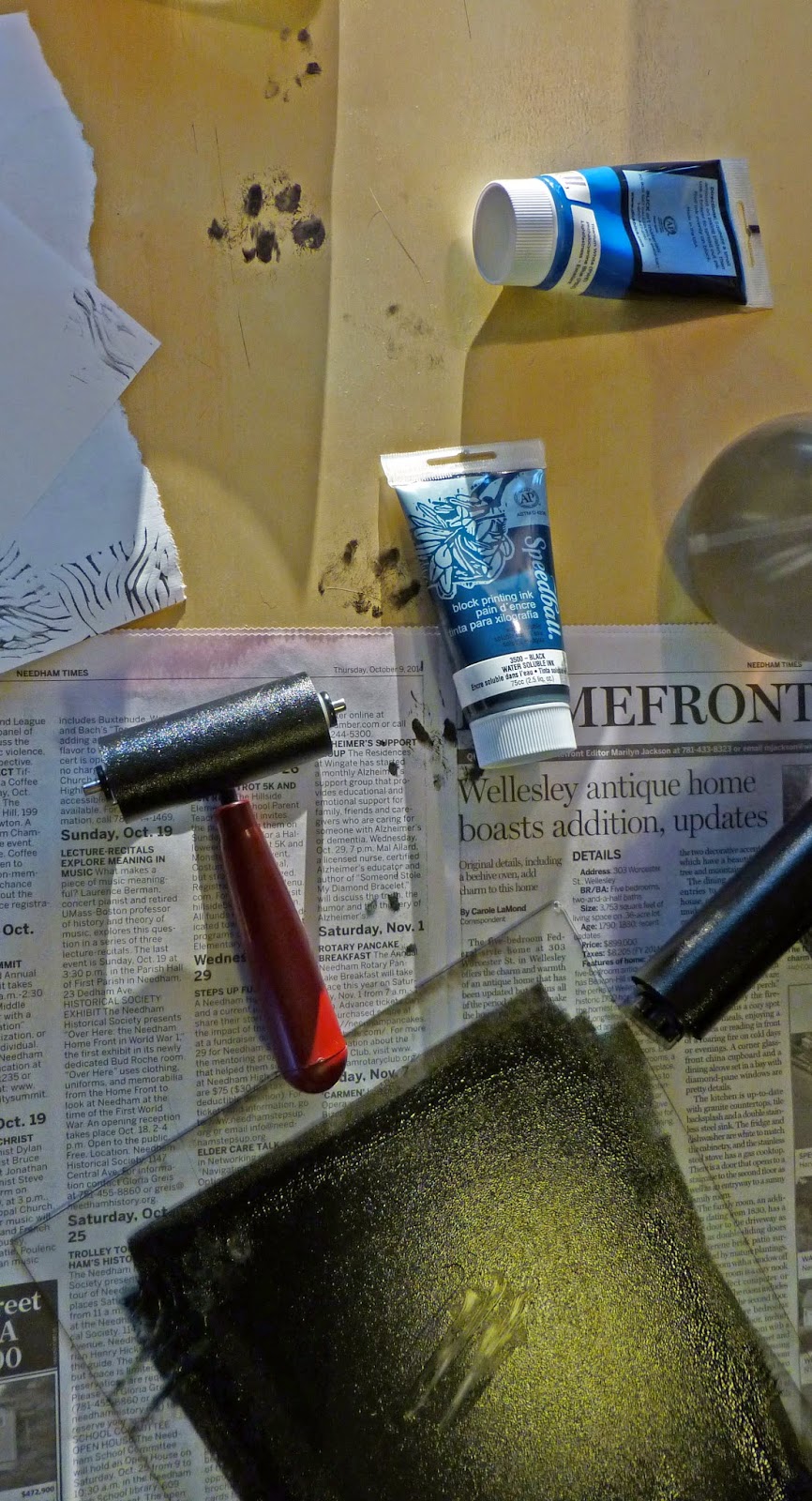 1. Silly slang of their era
1. Silly slang of their eraBertie: rummy, bally, blighter, what ho, topping, chappie
Bill & Ted: dude, totally, whoa, babe
2a. Fancy, learned vocabulary
Bertie: curvet, pastoral, superfluous, pestilential, diffident, quivering ganglions
Bill & Ted: bodacious, esquire, bogus, heinous, tranquil, personages of historical significance
2b. Archaic or exaggeratedly poetical language
Bertie: rich raiment, eftsoons or right speedily, for the nonce, mazzard
Bill & Ted: afoot, resplendent, odious, chaste
3. Quotations and references to sources ranging from pop music to The Classics
Bertie: “Where is my wandering boy tonight” (hymn), “A livelier iris gleams upon the burnished dove” (poem by Tennyson - in fact, Bertie quotes a lot of Tennyson), “Now is the time for all good men to come to the aid of the party” (typing drill)
Bill & Ted: “All we are is dust in the wind” (song by Kansas), “Every rose has its thorn just like every night has its dawn” (song by Guns n’ Roses)
4. Playing with words and grammar with positively Shakespearean freedom from embarrassment
Bertie: “The end was certainly not yet. Indeed, it would be difficult to think of an end that was less yetter.” (Intro to The World of Jeeves), “The good old persp. was bedewing my forehead by this time in a pretty lavish manner.” (Jeeves in the Springtime)
Bill & Ted: “most non-triumphant,” “your Royal Deathness,” “Mr. the Kid”
And finally, Bertie especially is a master of Similes
Bertie: “chuckled like the last bit of water going down the waste-pipe in a bath” (Scoring off Jeeves), “He looked pretty much like an explosion in a tomato cannery on a sunset evening” (Jeeves and the Unbidden Guest), “She fitted into my biggest armchair as if it had been built round her by someone who knew they were wearing armchairs tight about the hips that season” (Jeeves and the Unbidden Guest), “Her demeanour was now rather like that of one who, picking daisies on the railway, has just caught the down-express in the small of the back” (Aunt Agatha Takes the Count)
The thing about humor is that it thrives on the unexpected, or the reversal of expectations, and Bill, Ted, and Bertie all know how to tweak our expectations about language. They all three revel in the riotous joy of words, and I positively lap it up! So, in their spirit, let me wish you all a perfectly topping New Year, and remember to Be excellent to each other!
[Picture: Detail from The Fate of the Cigarette Fiend, wood block print by John Held, Jr, 1929 (Image from Rich Powell Illustration);
Detail from cartoon by John Held, Jr, 1920s.]










































